The Most Unusual Planets in the Universe

### Planet T-R-E-S-2B
– **Description:** T-R-E-S-2B is a gas giant, 1.5 times more massive than Jupiter. Its surface absorbs light better than coal, and can emit a faint red glow due to hot gases.
– **Characteristics:** The sky is always pitch black, without light from the stars, creating a feeling of horror. The temperature is extremely high, almost like lava.
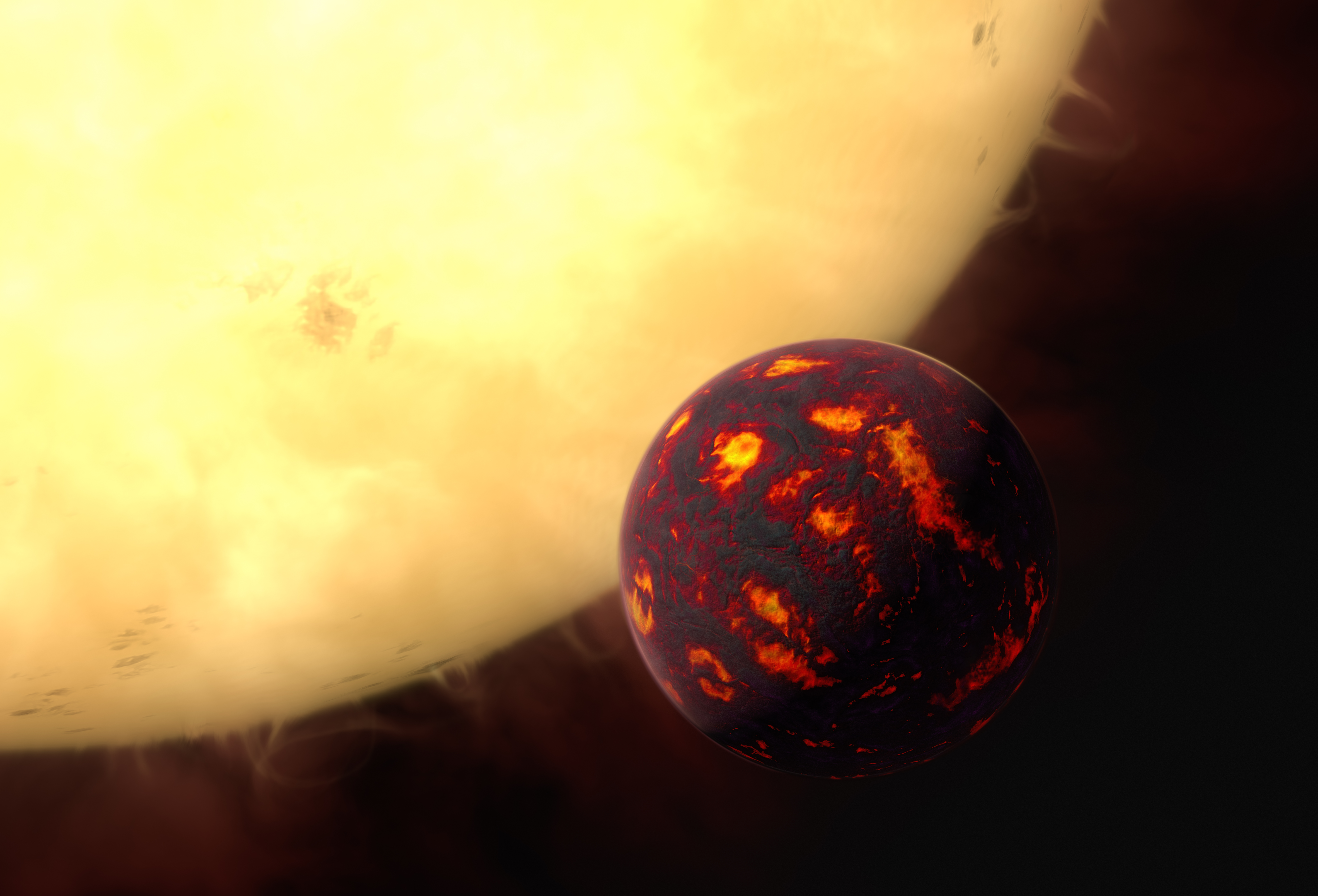
### Planet 55 Cancri e
– **Description:** The closest planet to the star 55 Cancri, 55 Cancri e has half its surface covered by a lava ocean, the other half is immersed in eternal darkness.
– **Characteristics:** The planet always rotates on the same side facing the star, creating a mysterious transition zone called the “twilight zone.”

### Planet HD 189377 B
– **Description:** This planet has a surface covered in blue and white patches, but is actually made of hard silicate particles.
– **Features:** Winds here reach up to 5,400 miles per hour, causing glass rain to fall at supersonic speeds, causing terrible devastation.

### Pulsar System
– **Description:** This system has three planets that are being slowly eaten away by a pulsar star. Pulsars are stellar cores that have exploded, creating powerful electromagnetic pulses.
– **Features:** This interaction causes the planets to gradually be destroyed.
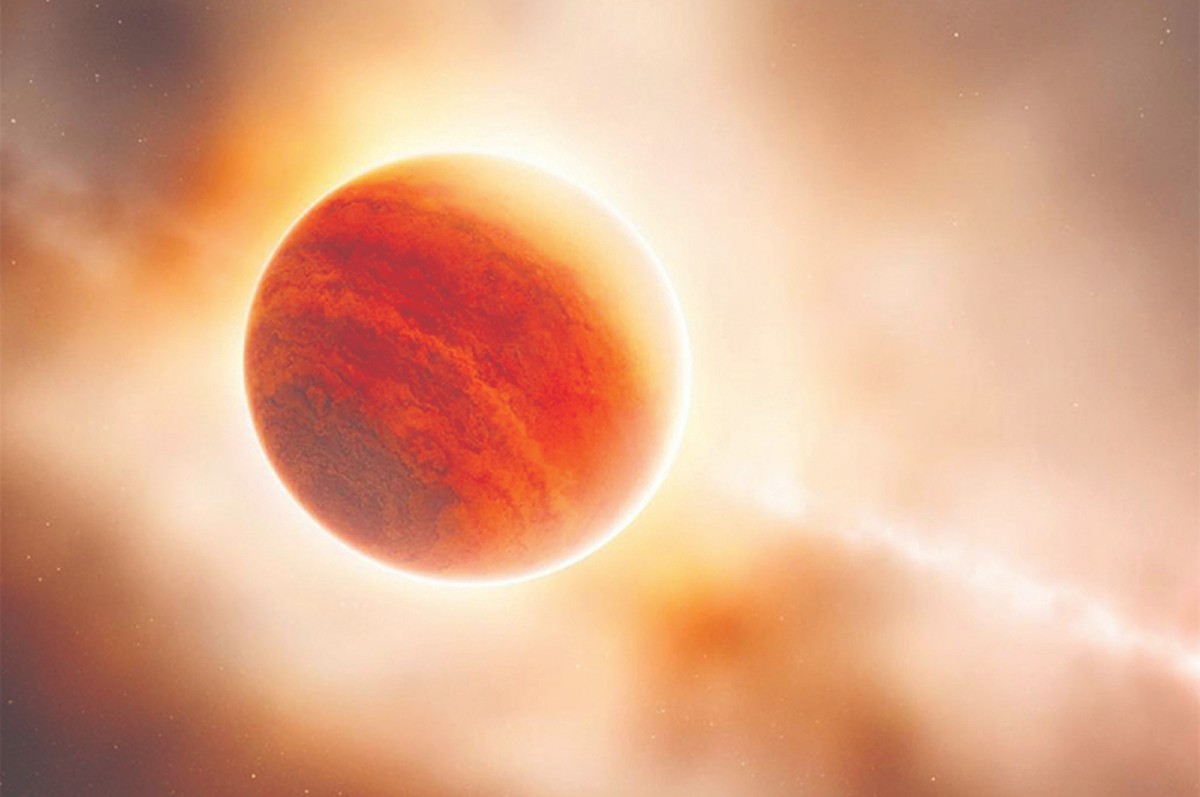
### Planet Kepler-70b
– **Description:** This planet was once a gas giant but was turned into a hot planet by a red giant star.
– **Features:** With a temperature higher than the surface of the sun, this planet is gradually evaporating and will no longer exist in the near future.
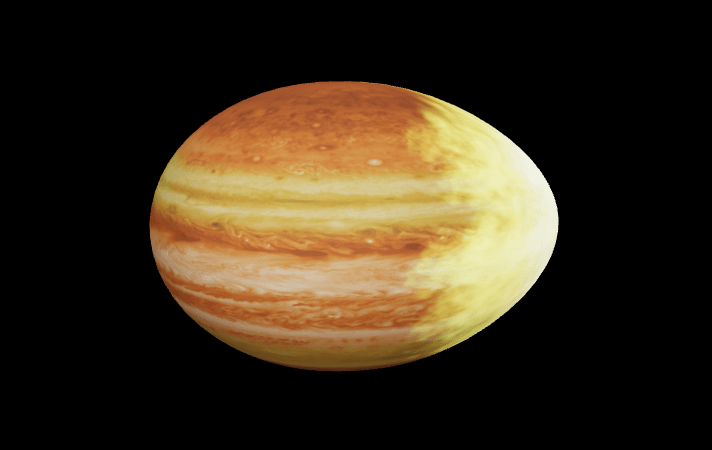
### Planet WASP-12b
– **Description:** This planet is eroded by the enormous gravity of its host star, causing it to take the shape of an egg.
**Features:** It is expected that in the next 10 million years, this planet will no longer exist.
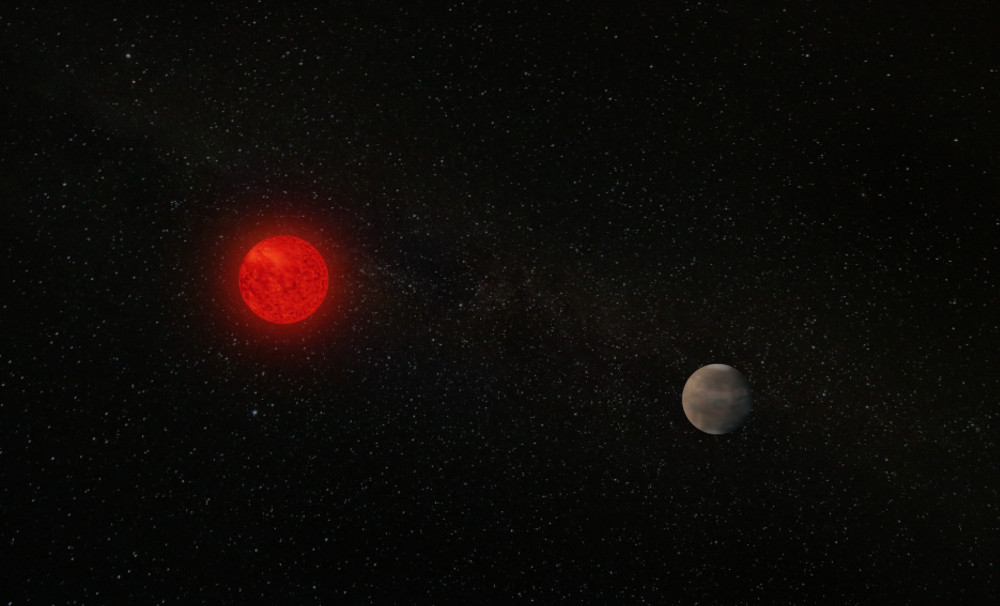
### Planet LHS 436b
– **Description:** The planet is close to its star with extremely high temperatures but has a thick layer of ice, like a “fire and ice pile.”
**Features:** The thick layer of ice thanks to its great gravity, prevents it from melting.

### Planet Venus
– **Description:** Known as Earth’s “evil twin”, Venus has a thick atmosphere with sulfuric acid rain.
– **Features:** Extremely high surface temperatures, with powerful storms and constant volcanic eruptions.
 ### The Ice Planet
### The Ice Planet
– **Description:** Despite its host star not being too far away, the planet is as cold as -370 degrees, almost at the absolute limit.
**Features:** Its surface is covered in permanent ice, but there may be mysterious life beneath that ice.
 ### The Dimidium Planet
### The Dimidium Planet
– **Description:** This gas giant always has one side facing the star and temperatures can reach up to 1800 degrees.
**Features:** It has a large amount of iron in its atmosphere, creating showers of molten iron.
 ### The Osiris Planet
### The Osiris Planet
– **Description:** Found to have oxygen, Osiris is closer to its star than any other planet, making it a “melting pot.”
– **Features:** Five days on Osiris are equivalent to only 3.5 days on Earth.
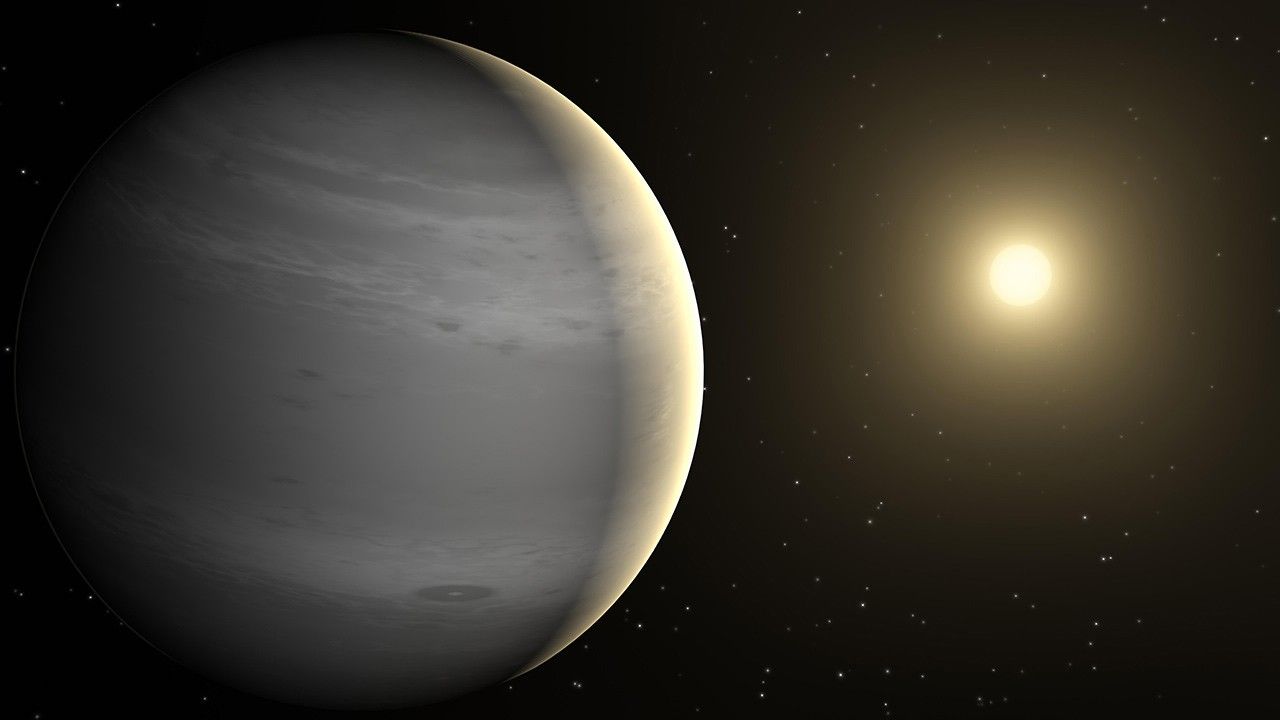 ### Planet Karate XO3b
### Planet Karate XO3b
– **Description:** This giant gas planet is 20 times denser than Jupiter.
### Planet Karate 7b
– **Description:** The planet has a temperature of over 4000 degrees and its surface is scorched.
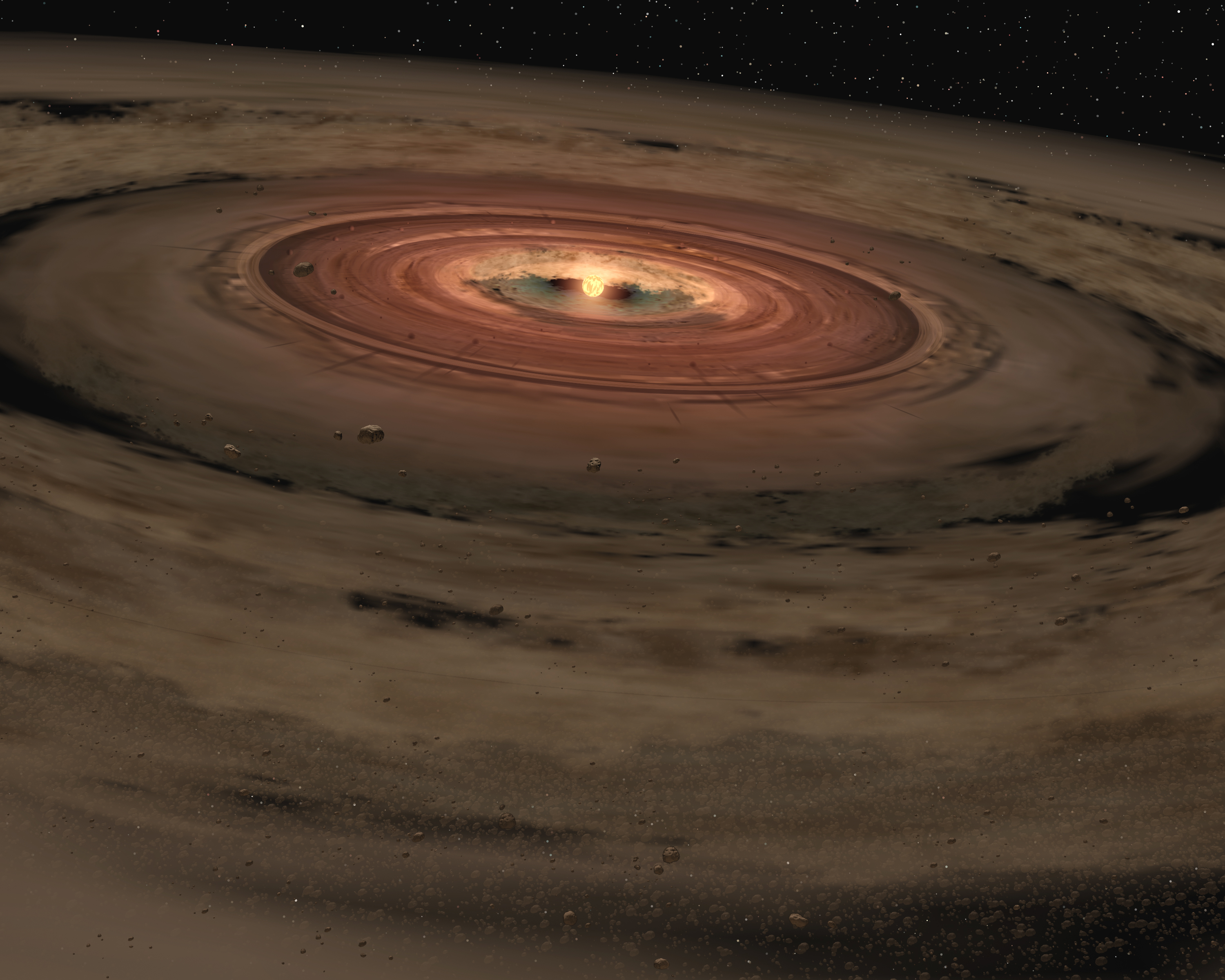 ### Planet OTS-44
### Planet OTS-44
– **Description:** A giant planet 11 times as massive as Jupiter that is not bound to any star.
### Planet OTS-44
– **Description:** This giant planet is 11 times as massive as Jupiter and is not bound to any star.
### Planet OTS-44
– **Description:** It can collide with any other planet, causing great devastation.
### Carbon Planets
– **Description:** Carbon planets can form near the center of the galaxy, creating harsh conditions for life.
– **Characteristics:** Carbon-rich atmospheres can form toxic clouds.
 ### Ocean Planets
### Ocean Planets
– **Description:** Ocean planets are mostly water, with depths of up to 60 miles.
– **Characteristics:** High pressure on the surface, up to 20,000 times Earth’s atmospheric pressure.
### Planets Discovered
– **Gliese 1214b:** The first ocean planet discovered, larger than Earth and hotter.
– **TOI 1452b:** Newly discovered planet, believed to have a giant ocean.
The strange planets in the universe have shown the diversity and mystery of space, from harsh conditions to environments that could support life. Each planet has its own unique characteristics, creating a richness in the universe we are exploring.








